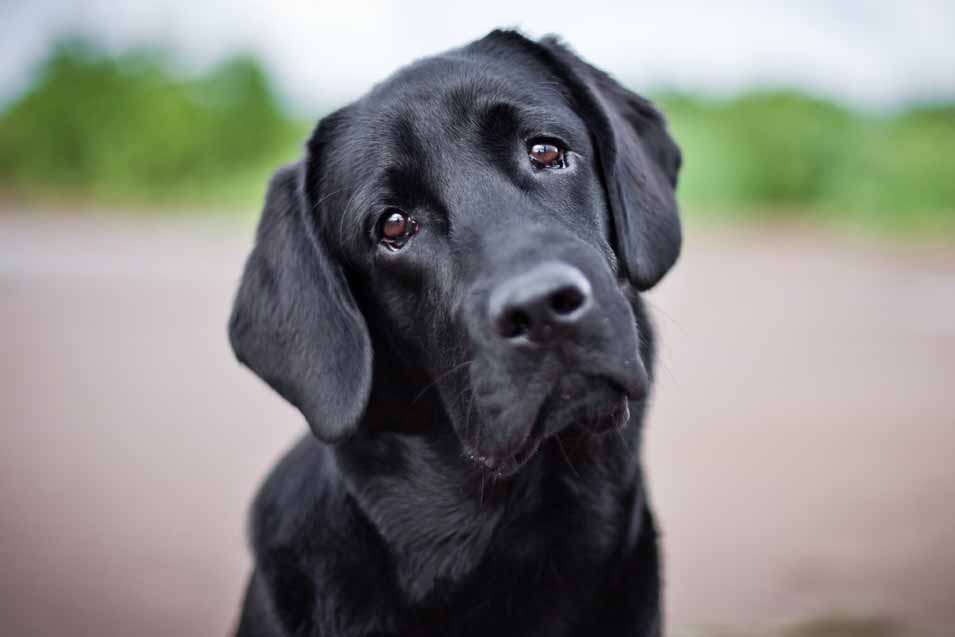Cancer is one of the leading causes of death in dogs aged 10 and older. As hopeless as a cancer diagnosis might sound to a pet parent, the truth is that approximately half of all cancers are curable if they are caught early. Unfortunately, cancer occurrence has increased in recent years, with almost half of senior dogs being affected by one type or the other at one point.
Some of the most common types of neoplasia diagnosed in canines are malignant lymphoma, mammary gland tumors, soft tissue sarcomas, skin cancer (mast cell tumors), and bone cancer. In this article, we will discuss several things on how cancer is treated, how the treatment is selected, and what you can do to eliminate cancer risk factors so that your pet has a lower likelihood of developing it.
Causes
The exact cause of this disease remains unclear, both in humans and in animals. It can be caused by a variety of predisposing factors, and one of them is genetics. There are oncogenic viruses, too, and they account for approximately 20% of the total human cancer cases.
Another factor that needs to be considered is that pets nowadays are cared for in a far better manner compared to what they used to. That is why the likelihood of dogs actually living to get to be old is high. Since seniors are at a higher risk, that’s why the incidence of cancer has increased over the years. Our pets live longer because we take better care of them, but that also means that they are far more likely to develop cancer at one point in their senior years.
Treatment
There are three types of treatment that your veterinarian can choose in the event that your pet has been diagnosed with cancer. They are surgery, radiation therapy, and chemotherapy. In some cases, combination therapy (two or more of these treatments) can be used, as well, depending on the type of cancer, its severity, and your pooch’s health status. There isn’t something called ‘the best treatment’ for all types of cancers. In many cases, two approaches have to be combined for the right results.
Localized tumors can be treated with radiation therapy and surgery. Sometimes, radiotherapy and chemotherapy are used before the surgery, because they have the effect of the tumor shrinking and being confined to a localized area so that it can be removed more effectively. In other situations, surgery can be used as the first approach, followed by radiotherapy or chemotherapy to kill any remaining cancer cells.
Animals that cannot go through surgery in order for them to have their tumors removed might be treated with combination chemotherapy to reduce the signs of the disease and extend their life. The decision belongs to you and the veterinarian, too. Each of these treatment methods has risks, so you ought to consider all of them before making your final call. Let’s look at what each entails.
Surgery has the purpose of removing all the cancerous cells in the dog’s body, and that is why the surgeon also removes the surrounding tissue, not just the tumor itself. In cases where the neoplasm has not spread beyond its initial location, surgery can be very successful in removing it completely. Unfortunately, some tumors are found at inaccessible sites, in several locations, or they have already spread to other organs. In all of these situations, surgery is ineffective to the point that it shouldn’t be performed at all.
Radiation therapy is commonly utilized in the treatment of brain, nasal tumors, or those in the head and neck. X-ray therapy kills cancer cells that are capable of dividing fast, and moreover, it affects those that exist already to the point that they can’t grow any longer. The dose of radiation administered has to be capable of destroying or injuring the cancer cells so as to prevent them from reproducing. Radiotherapy has several adverse effects, however, such as local burns, pain, inflammation or irritation at the site. For animals who have head tumors, it may cause a decrease in tear production. When administered in the treatment of digestive tumors, it can cause diarrhea, nausea, or lack of appetite.
Chemotherapy is typically used to control cancer and its spread, and that’s why it is often utilized in combination with one of the other methods. Many people look at chemotherapy as an unpleasant experience, and with the vast array of side effects it has – from nausea and vomiting to fatigue and hair loss -, it can be difficult to look at it as a beneficial treatment. However, the veterinarian will monitor the pet’s condition by taking blood samples and looking at the red and white blood cells to ensure that there are no imbalances. Dogs that undergo chemotherapy usually recover quickly and have mild side effects, if they have any. In 5% of the cases, however, the adverse effects can be life-threatening. That’s why chemotherapy is usually initiated with lower dosages in the beginning to estimate the animal’s tolerance to the drug.
Choosing the Right Treatment
After your pet has been diagnosed with cancer, the veterinarian won’t just randomly pick any of the three treatment methods we’ve highlighted above. Mammary tumors, when they are diagnosed early, can be treated through surgery, but there are some types of neoplasia (such as advanced cases of lymphoma, for example) for which surgery is ineffective.
Finding out the type of cancer is important, but staging it is even more so. After all, there are tumors (such as lipoma) that are benign, and that have no chance of affecting nearby organs. On the other hand, there are high-risk types, especially those present in the abdominal or pelvic cavities, which could spread to other organs if the cancer is just left untreated.
The treatment should also be selected depending on the health status of your pet. If you have an old canine companion who might also be suffering from heart and liver issues and several others, too, it might be counterintuitive to choose surgery. Older animals are sometimes unable to go through the stress of being induced (anesthesia).
Prevention
How can you reduce the risk of cancer? Spaying or neutering is one of the most common cancer preventive steps. Spaying young female dogs prevents breast cancer to a large extent, and those that haven’t been spayed have a 200 times greater risk of developing mammary tumors than those that are spayed.
Good general care and adequate nutrition are two things that have to be ensured if you want to prevent cancer. Try to steer clear of commercial food that contains heaps of additives, artificial colors, and flavors. Read the pet food label carefully to make sure that your dog’s nutritional needs are met and that the food is as natural as possible.
While the exact cause of cancer remains unknown, there are some risk factors that can be reduced. Controlling the amount of time your dog is exposed to ultraviolet radiation and sunlight is a good idea because skin cancer is quite common in dogs. Some of the most sensitive areas in this sense are those with little pigmentation, so the abdomen should be protected. Try to avoid walking your dog at noon in the summer months because that’s when ultraviolet rays are strongest.
Smoking is a risk factor and one of the leading causes of cancer both in humans and in pets. Dogs that inhale second-hand smoke have a higher likelihood of developing cancer than dogs that live in an environment that is smoke-free.
Early detection is paramount when it comes to cancer, so our advice to you would be to make sure you take your dog in for an annual check-up even if he or she seems to be perfectly healthy.






